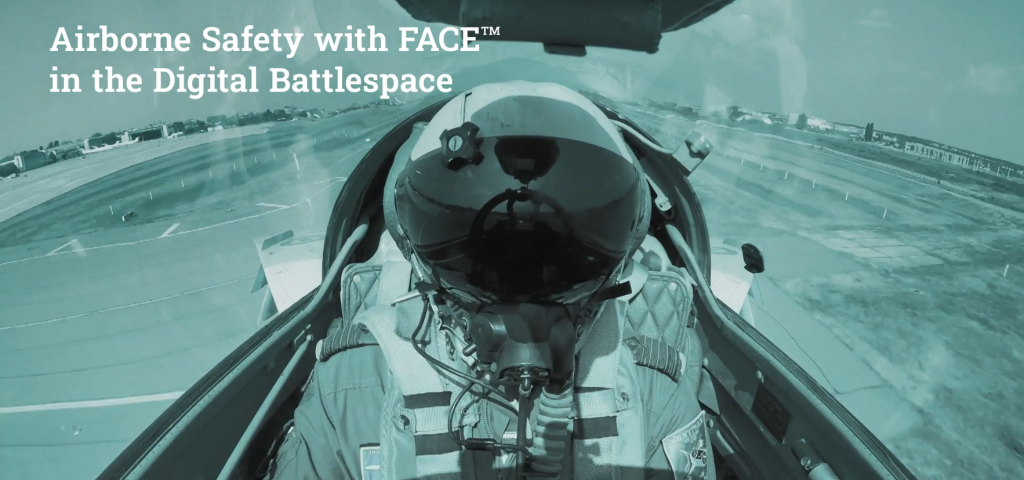
Advancing Airborne Safety with FACE™ in the Digital Battlespace
The Open Group Future Airborne Capability Environment Consortium was established in 2010. Future Airborne Capability Environment Consortium (FACE™) was started as a software and business partnership between government and industry with the objective to define an open avionics environment for all military airborne platform types. Since that year, the impact and significance of FACE has grown, and it has become the open standard that the defense market segment utilizes in the development and production of defense aviation platforms.
So, what type of open standard is FACE?
Developed with the partnering of government and industry, the FACE approach is a software standard and business strategy with the goals to make airborne capabilities more affordable and improve time-to-field of new capabilities for military fighter planes.
With the integration of both technical and business practices, FACE establishes a standard common operating environment that provides for the easy portability of aviation capabilities across avionics systems. This standard defines what is required of the airborne architectural segments and key interfaces to link them together. This provides the reuse of software components across different hardware computing environments making it easier for rapid replacement of older software with new software to improve capabilities for both upgrades and new systems.
One of the unique approaches used by FACE is that it is not a new standard as such, but it builds on existing standards that have been proven in the field already and provides a way to procure and connect these standards together. This includes standards such as ARINC 653 and POSIX.
Airborne Safety with FACE™
Safety has always been a key requirement for aviation systems. What function does FACE play with airborne safety and especially in the digital battlespace? While FACE is not specifically a safety standard, it’s open standard objectives and approach, makes it the perfect standards environment to develop safety capabilities and features for avionics system that can be easily, rapidly used in building new airborne systems. With this, FACE does include profiles for safety systems. Still safety engineering practices are outside the domain of the FACE Technical Standard—these are left to industry best practices and existing safety processes such as RTCA DO-178C. The question is how can avionics systems developers utilize FACE for airborne safety?
Wind River brought three avionics experts into an online expert panel to discuss “Airborne Safety with FACE™ in the Digital Battlespace” with Roberto Valla, Sr. Dir., Business Development, A&D, Wind River, as moderator. Our expert panel were three aerospace and defense technology experts with extensive knowledge of the Open Group Future Airborne Capability Environment Consortium and avionics technology and systems.
● Levi VanOort, Associate Dir., Systems Engineering, Avionics Collins Aerospace
● Steven VanderLeest, Principal Engineer for Multicore Solutions, Rapita Systems
● Alex Wilson, Director of A&D Industry Solutions, Wind River
The aviation experts from Wind River®, Rapita Systems, and Collins Aerospace discussed in their online panel the following issues and more:
● Considerations for applying FACE to build the next generation of avionics standards
● FACE-conformant technologies are interchangeable and how to distinguish among them
● Encountering new safety challenges in a digital world where FACE conformance is essential
We have broken the webinar recording into four short viewable video chapters for quick and easy viewing and posted on the Wind River website. Choose chapters to view:
● Meet the Experts
● Introducing FACE/FACE Overview
● Challenges with FACE
● Q&A
I invite you to visit the webpage and select the subject chapter that interests you or watch all chapters. Go to this page, Airborne Safety with FACE™ in the Digital Battlespace, to learn more.

